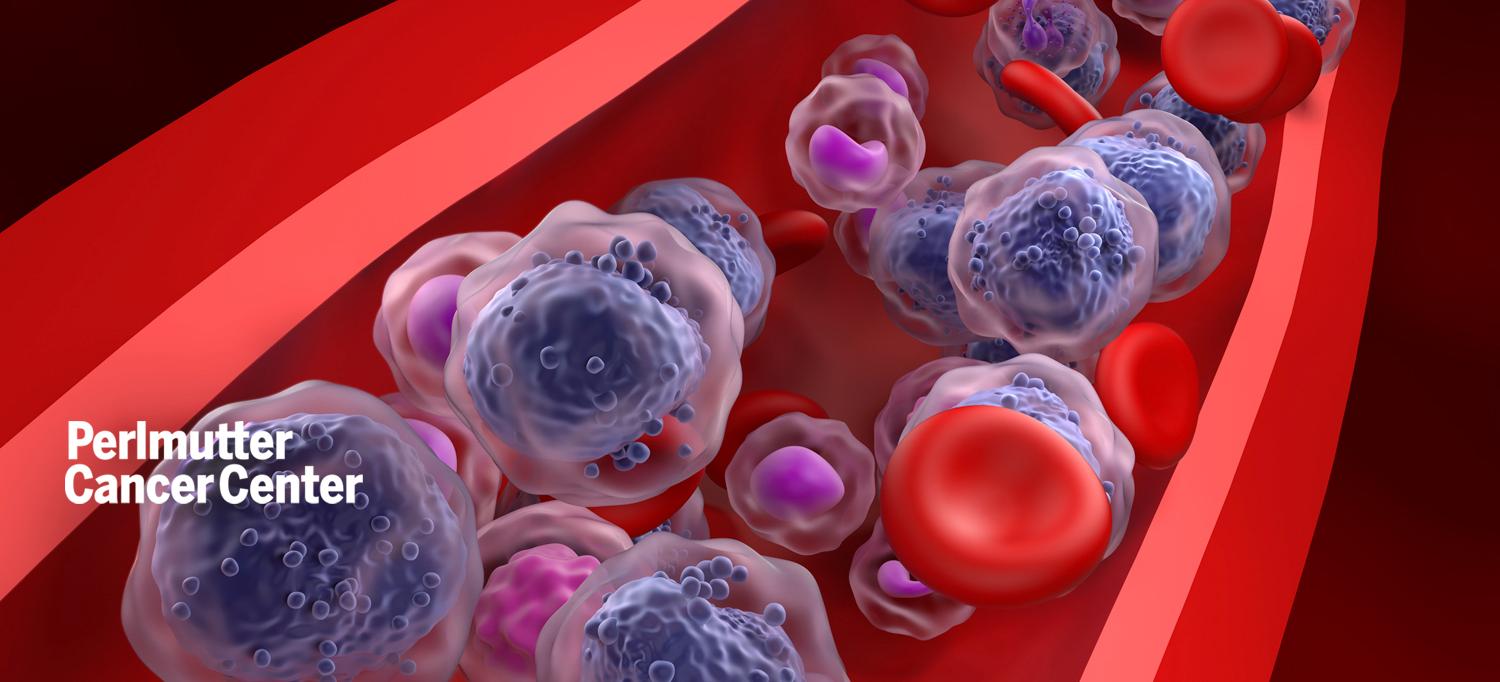
image: NEMES LASZLO/SCIENCE PHOTO LIBRARY
Over the last decade, immune checkpoint blockade has transformed cancer care by offering new hope and improved outcomes for people with certain types of cancer. However, immune checkpoint blockade, a type of cancer immunotherapy that enhances the body’s natural immune response against tumor cells, is only effective in 20 to 30 percent of patients with cancer. And people with some cancers, such as acute myeloid leukemia (AML), do not respond or develop resistance to the immunotherapy.
A recent study by researchers at NYU Langone Health’s Perlmutter Cancer Center could lead to new strategies for improving the effectiveness of immune checkpoint inhibitors. The researchers identified an “axis” or pathway that tumor cells use to shut down the function of a key molecule called major histocompatibility complex (MHC) class I. Under normal conditions, MHC class I enables the immune system to detect and eliminate cells that have been transformed or infected.
Study senior co-author Jun Wang, PhD, a cancer immunologist, has a background in viral immunology. Through his earlier studies of viruses and the immune system, he knew that viruses are able to shut down MHC class I to evade T cell response. What if, he asked, cancer cells can do the same?
“We know that viruses can very efficiently shut down MHC class I and evade the immune system,” said Dr. Wang, who is an assistant professor in the Department of Pathology at NYU Grossman School of Medicine. “How tumors can shut down MHC class I has not been clear at all.”
The immune system recognizes and eliminates infected or mutated cells through a process called antigen presentation. During antigen presentation, intracellular pathogens, such as viruses and certain bacteria, or abnormal cellular proteins, such as those from cancer cells, are transported by MHC class I molecules and “presented” to killer T cells, which are activated and mount an immune response.
With study senior co-author Iannis Aifantis, PhD, and co-first authors Xufeng Chen, PhD (Aifantis Lab), and Qiao Lu, PhD (Wang Lab), Dr. Wang used a gene editing technology called CRISPR to screen for new cellular activators and inhibitors of antigen presentation in AML. Among the top hits in the CRISPR screen were three proteins: sushi domain containing 6 (SUSD6), transmembrane protein 127 (TMEM127), and an E3 ubiquitin ligase WWP2. The researchers found that SUSD6 forms a trimolecular complex with TMEM127 and MHC class I, which recruits WWP2 to initiate the degradation of MHC class I and ultimately leads to suppression of MHC class I expression.
When the researchers deactivated SUSD6, which is abundantly expressed in AML and several other solid cancers, antigen presentation by MHC class I was improved and tumor growth was reduced in cell cultures.
“We were able to show that if we genetically target this particular complex, we boost the expression of MHC class I with more antigen on the surface and have better recognition by T cells,” said Dr. Aifantis, who is the Hermann M. Biggs Professor of Pathology in and chair of the Department of Pathology at NYU Grossman School of Medicine.
Immune checkpoint inhibitors have been particularly ineffective against “cold” tumors, which do not attract large numbers of immune cells. The trimolecular complex Dr. Wang and his colleagues identified is highly expressed on cold tumors, which suggests that the complex, in addition to being a new target for developing antibodies or small molecules that block its function, could act as a biomarker to help predict which patients will benefit from immunotherapy.

